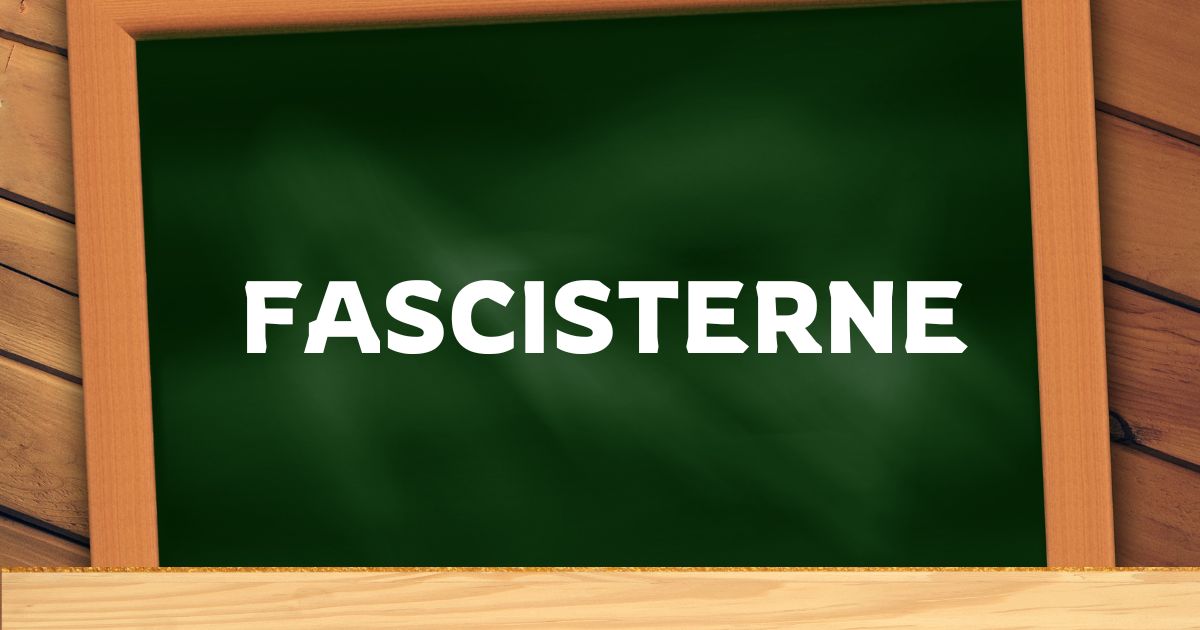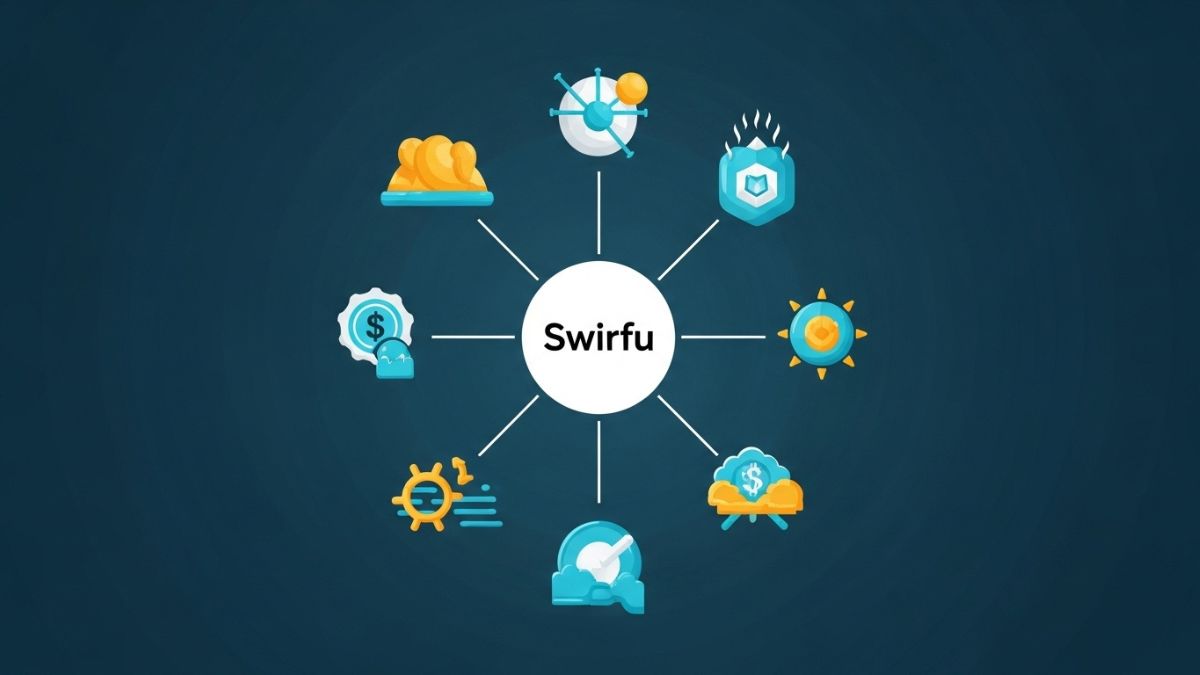The term “fascisterne” is the Danish word for “the fascists.” It refers to individuals or groups that subscribe to the ideology of fascism, a far-right, authoritarian political system that gained prominence in early 20th-century Europe. It is characterized by dictatorial power, forcible suppression of opposition, strong nationalism, and often racism or xenophobia. “Fascisterne” has deep connotations in European history and continues to be used today in political discussions, often with powerful emotional weight.
The Origin of the Word Fascism
Fascism comes from the Italian word “fascio,” meaning a bundle or group, symbolizing strength through unity. Benito Mussolini coined the term in the early 1920s when he formed the National Fascist Party in Italy. The word “fascisterne,” being plural and specific to the Danish language, captures not just the ideology but the people who promote or practice it.
The Rise of Fascisterne in Europe
Fascism gained momentum in Europe following World War I, during a period of political instability, economic crisis, and national disillusionment. In Italy, Mussolini’s Blackshirts marched on Rome in 1922, establishing the first fascist regime. This inspired similar movements in Germany, Spain, and other parts of Europe. In Germany, Adolf Hitler and the Nazi Party took fascism to its extreme form—national socialism—leading to World War II and the Holocaust.
Fascisterne in Denmark and Scandinavia
In Denmark, fascisterne emerged during the 1930s, influenced by the broader European movements. The National Socialist Workers’ Party of Denmark mirrored German Nazism and attempted to gain political power. While fascism never gained significant traction in Denmark, the occupation by Nazi Germany during World War II intensified public awareness and resistance. Fascisterne were often seen as collaborators and thus viewed with deep distrust after the war.
Ideological Core of Fascisterne
The beliefs of fascisterne revolve around extreme nationalism, authoritarian leadership, anti-communism, and militarism. Fascists often reject democratic institutions, liberal freedoms, and individual rights in favor of a strong, centralized state. They promote a singular national identity, often defined along racial or ethnic lines, and view dissent as a threat to societal order.
Fascisterne and the Use of Propaganda
Fascisterne have always relied heavily on propaganda to manipulate public opinion and gain support. Through posters, radio broadcasts, newspapers, and films, fascist leaders created cults of personality around themselves. Hitler and Mussolini were masters of this art, portraying themselves as national saviors. In modern contexts, the same methods continue through social media, where extremist groups spread disinformation to influence political discourse.
Suppression and Intimidation by Fascisterne
One of the hallmarks of fascisterne is their use of force and intimidation. During the 20th century, fascist regimes built secret police forces to silence critics, banned opposition parties, and censored the press. Political violence, from street brawls to mass executions, was a common tactic. This climate of fear allowed fascist leaders to maintain control and eliminate threats to their authority.
The Legacy of Fascisterne After World War II
After the fall of Nazi Germany and Fascist Italy in 1945, the world largely rejected fascism. The Nuremberg Trials exposed the atrocities committed by fascisterne, and new democratic governments arose across Europe. In Denmark, the post-war period was marked by reflection and national reckoning, particularly regarding collaborators. Although fascist parties lost most of their influence, underground movements and ideologies persisted.
Modern Resurgence of Fascisterne Ideologies
In recent decades, there has been a resurgence of far-right ideologies, often labeled neo-fascism or alt-right. While these groups may not openly identify as fascisterne, their beliefs echo many traditional fascist tenets. In Denmark and elsewhere, populist movements have gained ground by exploiting fears over immigration, cultural change, and economic disparity. This revival has raised concerns among political analysts and human rights organizations.
How Fascisterne Use Nationalism Today
Nationalism remains a central theme for modern fascisterne. They often argue that multiculturalism threatens national identity and use slogans like “take back our country” to rally support. These narratives are especially powerful during periods of political or economic uncertainty, as they promise simple solutions to complex problems.
Opposition and Resistance Against Fascisterne
Throughout history, fascisterne have met significant resistance. From the anti-fascist brigades in the Spanish Civil War to the underground resistance movements during Nazi occupations, countless individuals and groups have fought back against fascist ideologies. Today, organizations such as Antifa and various human rights NGOs continue that legacy, countering hate speech and promoting democratic values.
Fascisterne and the Internet Era
In the digital age, fascisterne have adapted. Online forums, encrypted messaging apps, and social media platforms have become new tools for recruitment and radicalization. Algorithms that feed users more of what they already believe help create echo chambers, intensifying extremist beliefs. Governments and tech companies now face the challenge of balancing freedom of expression with preventing hate speech and radicalization.
Legal Measures to Counter Fascisterne
Countries across Europe, including Denmark, have passed laws to limit the influence of fascisterne. These include hate crime laws, restrictions on hate symbols, and bans on fascist organizations. The challenge remains in enforcing these laws without infringing on civil liberties. The line between hate speech and free speech is often contested in courts and public debate.
Education as a Defense Against Fascisterne
One of the most effective tools against fascisterne is education. Teaching young people about the history and dangers of fascism helps build critical thinking skills and civic responsibility. Museums, documentaries, and survivor testimonies serve as powerful reminders of what happens when fascism goes unchallenged. Democratic societies rely on informed citizens who can recognize and resist authoritarianism in all its forms.
The Global Fight Against Fascisterne Today
Though fascisterne may never return in the exact form of the 20th century, the ideologies they champion are far from dead. The global rise of nationalism, coupled with digital disinformation, means that the threat is real and evolving. International cooperation, public awareness, and democratic resilience are essential in keeping fascism at bay.
Conclusion
The term “fascisterne” is more than just a translation of “fascists”—it represents a dark and turbulent chapter in European history, as well as an ongoing political concern. From Mussolini’s Italy to modern populist movements, fascism has shown that it can adapt and re-emerge under different guises. Understanding the origins, tactics, and consequences of fascisterne is crucial in defending democratic institutions, protecting human rights, and fostering a more inclusive society.
FAQs
What does “fascisterne” mean in English?
“Fascisterne” is the Danish plural word for “the fascists,” referring to people who support or represent fascist ideology.
Is fascism still a threat in today’s world?
Yes, although traditional fascist regimes are gone, modern extremist groups with similar ideologies still exist and influence politics globally.
How did fascisterne impact Denmark during World War II?
Fascisterne in Denmark were mainly collaborators with Nazi Germany during the occupation, though their influence remained limited compared to other countries.
What are the main beliefs of fascisterne?
They typically believe in authoritarian leadership, extreme nationalism, suppression of opposition, and a unified national identity.
How can societies prevent the rise of fascisterne?
Through education, strong democratic institutions, countering hate speech, and promoting social inclusion, societies can guard against the reemergence of fascism.











